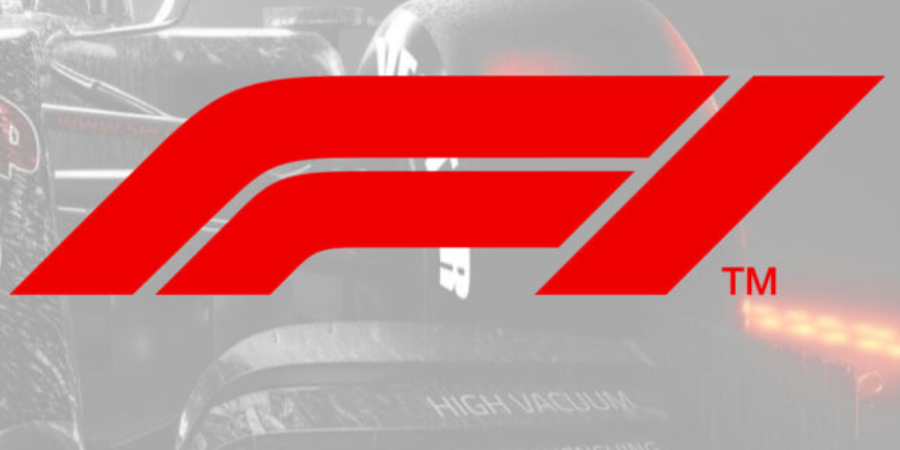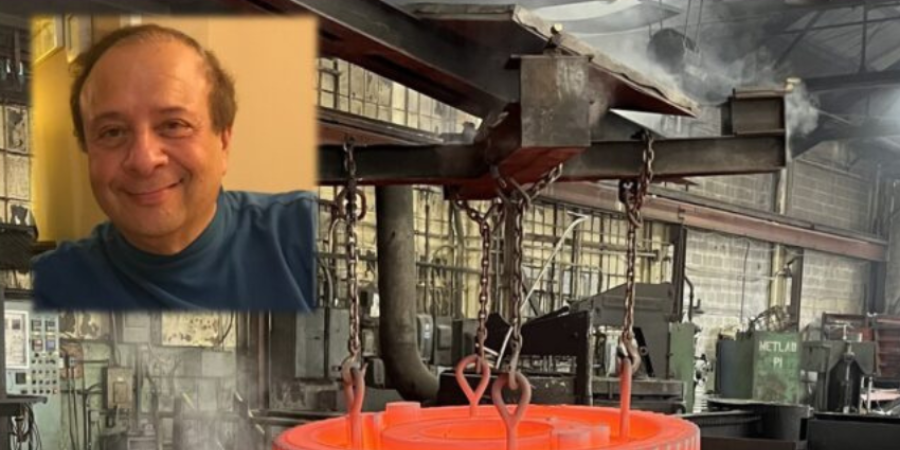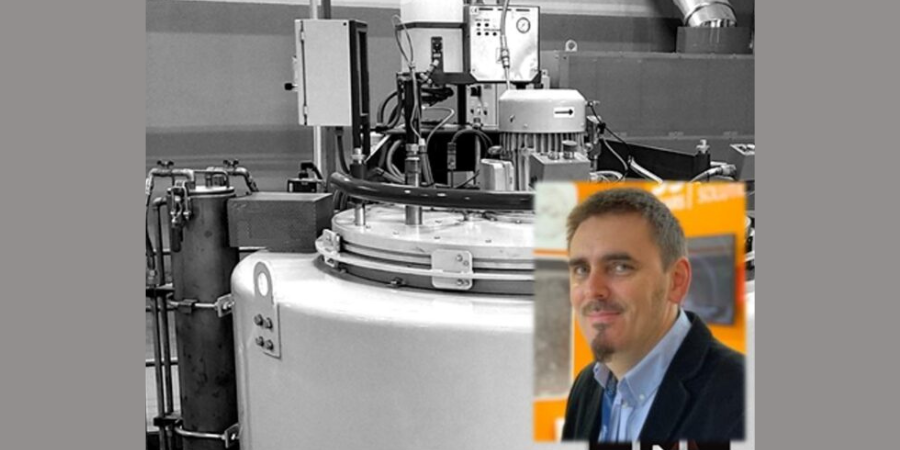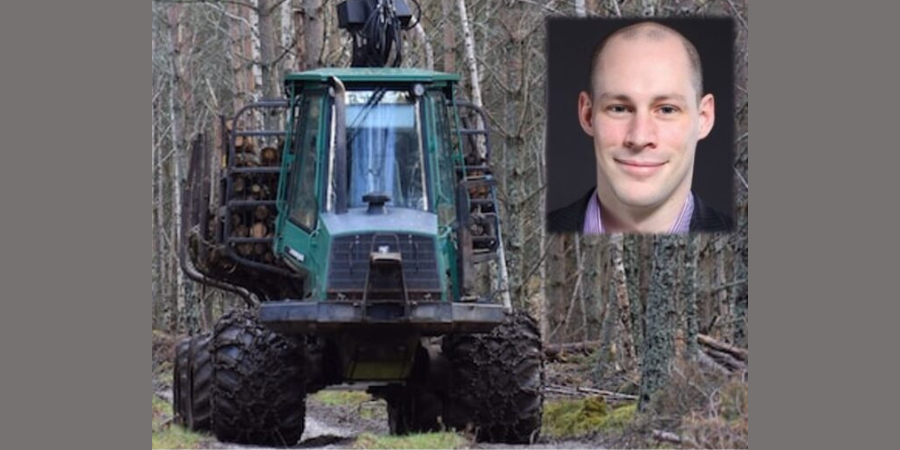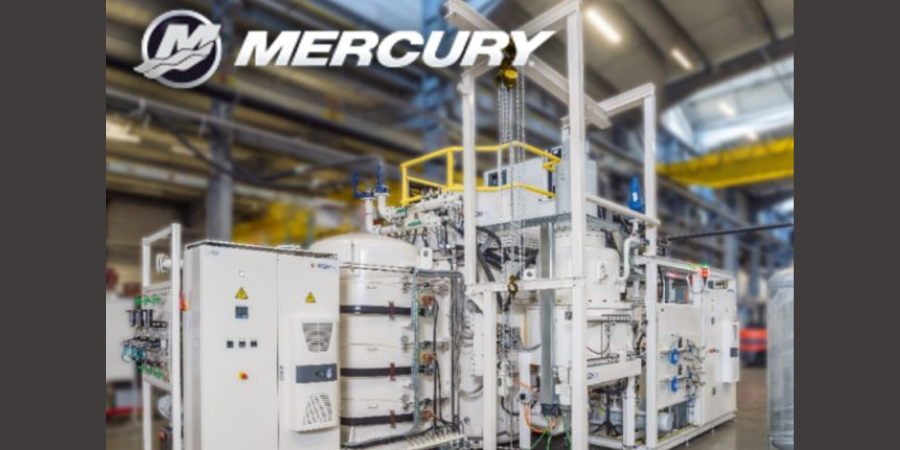Aerospace Manufacturer Adds LPC Furnace
An Asian aircraft parts manufacturer has chosen a horizontal vacuum furnace intended for vacuum carburizing aircraft parts. The furnace will produce gears used in aircraft structural sub-assemblies.

The SECO/WARWICK furnace is designed for low-pressure carburizing (LPC), equipped with a horizontal chamber with dimensions of 900 x 600 x 600 mm and a graphite chamber with a gas hardening system at a pressure of 6 bar.
“LPC technology,” said Maciej Korecki, Vice-President of the SECO/WARWICK Group Vacuum Segment, “is an increasingly popular solution. Its main advantage is the ability to carry out an efficient and effective carburizing cycle in a much shorter time than in atmospheric furnaces. This furnace ensures higher productivity and consequently, lower process costs and a quick return on investment. Carrying out the process in vacuum, on the other hand, increases the operational safety, because it does not involve explosive and flammable gases. LPC eliminates direct CO₂ emissions from the carburizing atmosphere.”
The original press release from SECO/WARWICK is available here.
Find Heat Treating Products And Services When You Search On Heat Treat Buyers Guide.Com
Aerospace Manufacturer Adds LPC Furnace Read More »







